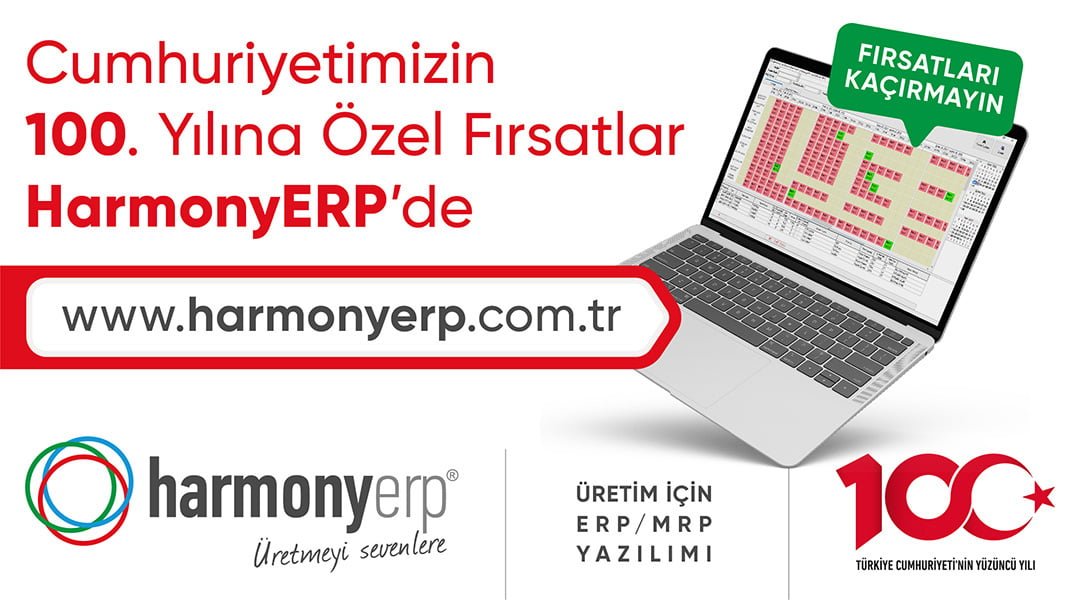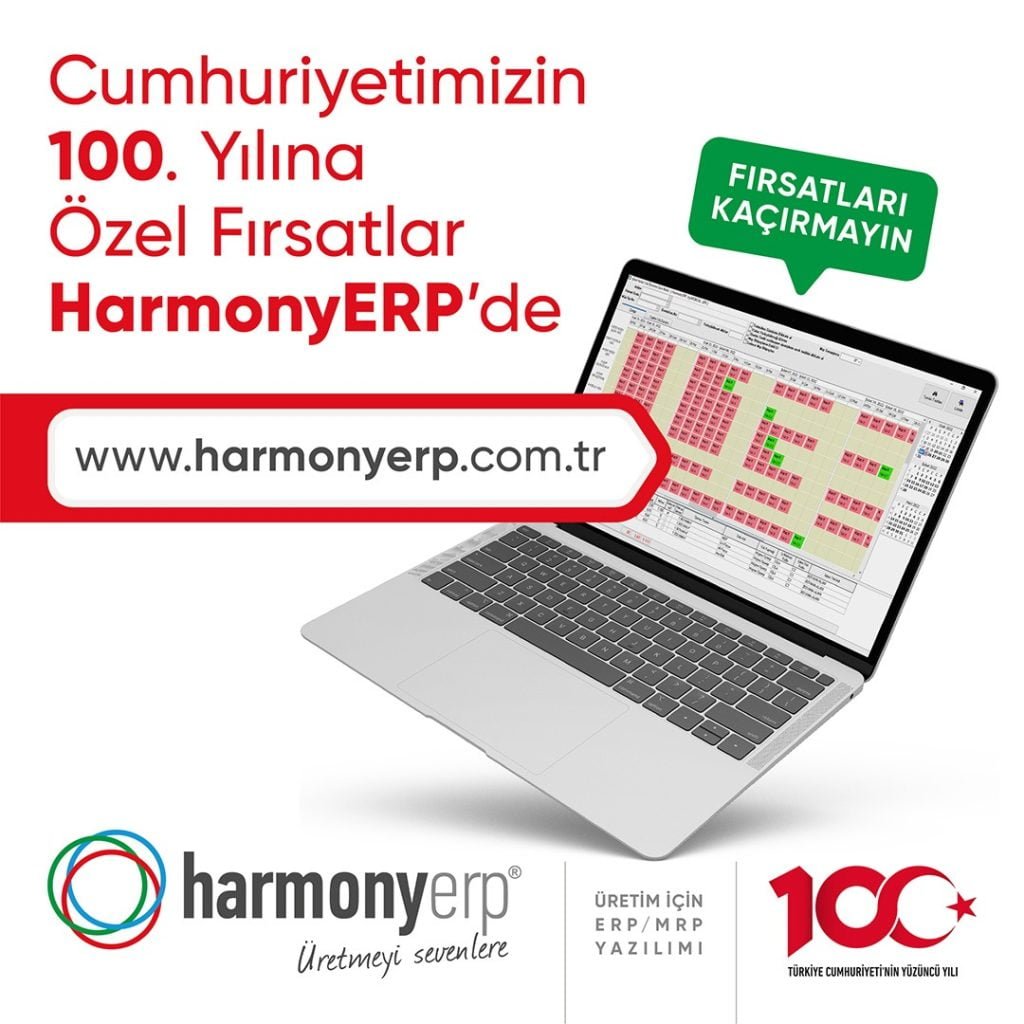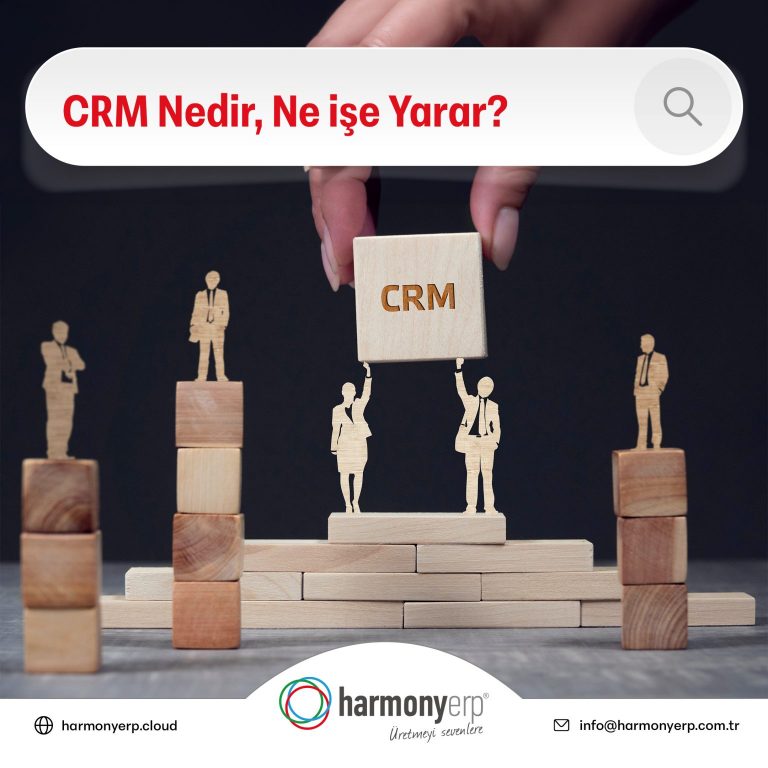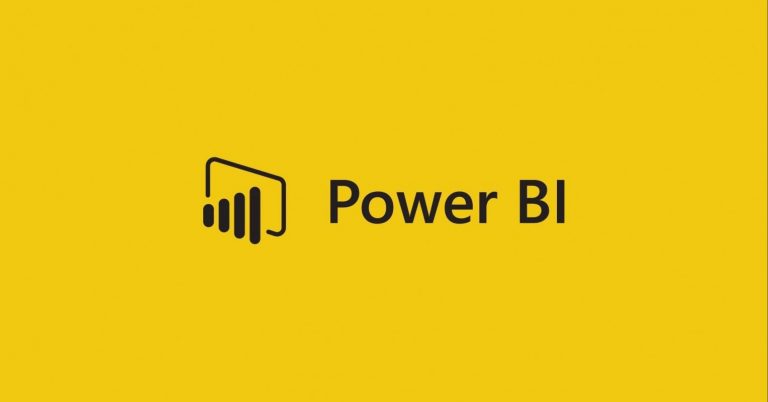What Is Timesheet Management? Why It Matters for Workforce Efficiency

Tracking employee work hours may sound straightforward, but in reality, it’s a vital component of labor management, payroll accuracy, and legal compliance. That’s where timesheet management (also known as “puantaj” in Turkish HR systems) comes into play. Whether you manage a small team or a large workforce, keeping track of when, where, and how employees work is essential to running an efficient and transparent business.
This guide explains what timesheet management is, how it works, and why it’s crucial for modern organizations.
What Is Timesheet Management?
Timesheet management refers to the process of recording and monitoring employee attendance, working hours, overtime, leaves, and shift patterns. These records are used to calculate wages, track performance, and ensure legal compliance.
Typically, timesheets are managed through:
- Manual entry (e.g., punch cards or Excel spreadsheets)
- Digital attendance systems (e.g., biometric readers)
- Integrated HR and payroll software
Modern businesses prefer digital timesheet tools for their speed, accuracy, and integration with payroll processing.
What Information Does a Timesheet Contain?
A detailed timesheet typically includes:
- Employee name and ID
- Date of work
- Check-in and check-out times
- Break durations
- Total hours worked
- Overtime hours
- Type of shift (day/night)
- Leave or absence notes
- Approvals from supervisors
This data forms the basis for payroll calculation and helps HR departments maintain fairness and transparency.
Why Is Timesheet Management Important?
Poor attendance tracking can lead to serious issues:
- Incorrect salary payments
- Labor law violations
- Employee dissatisfaction
- Lack of productivity insights
- Inaccurate project costing
Effective timesheet management solves these problems by offering:
- Payroll Accuracy: Ensures employees are paid correctly for hours worked.
- Legal Compliance: Helps you meet labor regulations and audit requirements.
- Operational Insight: Identifies attendance trends, overtime patterns, and productivity metrics.
- Cost Control: Tracks billable hours for projects and prevents time theft.
Automation Through HR Software
Relying on spreadsheets and manual logs creates risks and inefficiencies. By using an integrated timesheet and HR system, you can:
- Automatically record attendance via biometric or RFID systems
- Set rules for shifts, overtime, and leaves
- Sync data with payroll and accounting
- Generate reports on demand
- Reduce administrative workload
HarmonyERP’s Human Resources Management solution simplifies the entire process, enabling centralized control and real-time access.
When Should You Upgrade Your Timesheet Process?
If your company is dealing with manual tracking, frequent payroll errors, or employee disputes regarding overtime, it’s time to rethink your process. A scalable and digital approach ensures not only compliance but also builds employee trust and organizational transparency.







